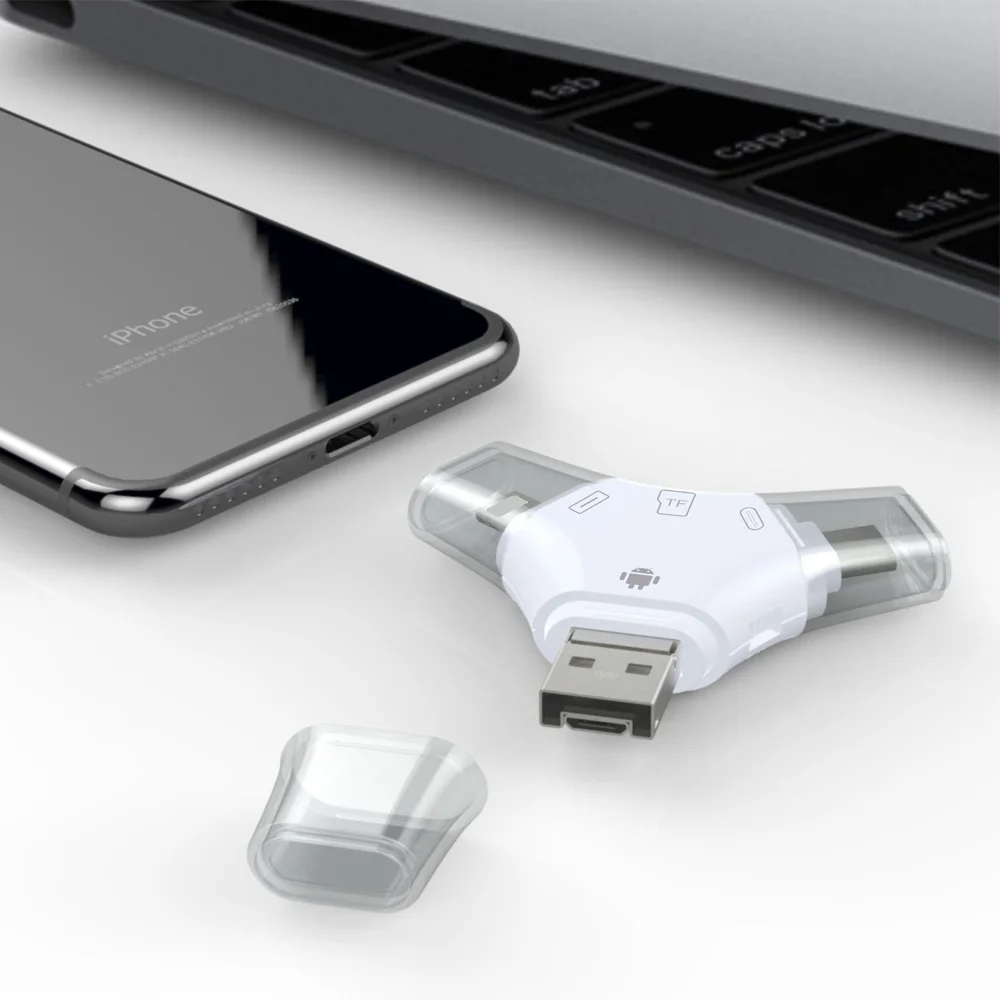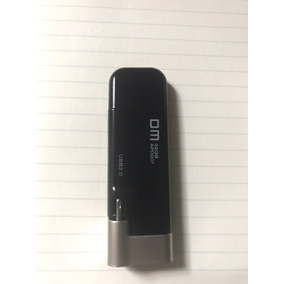

If you have multiple devices plugged in, it will recognize them as well as your flash device, so your output will most likely look very differently than mine. * note* My system only has one USB device plugged in. Yours will most likely have a different name, so look for the name of your flash disk’s manufacturer in the output. This information tells me that the system recognized one USB device named “M-Systems Flash Disk Pioneers DiskOnKey” That is good. linux:/home/jason # lsusbīus 002 Device 003: ID 08ec:0010 M-Systems Flash Disk Pioneers DiskOnKey This is normal, and makes your computer more secure.)Īfter you’ve become root, enter the following command into the same terminal window to see if your computer has recognized the flash drive you plugged in. (You won’t see any typing on the screen when you enter your password. When it asks for your password, enter the root password. To become the root user, type in the following commands. This user is the only one which can access the commands to manually mount your drive. Some newer models also have some ports on the front panel.Īfter you’ve plugged it in, you’ll want to open a terminal window and become the “root” user. These usually are found on the back-side of your computer. Plug in the flash drive into one of the USB ports on your computer. The second way we’ll explain should be used if you plan on using your flash drive on a more regular basis. The first way we’ll describe should be used if you are going to rarely mount your drive, or only mount it once. There are two ways to manually mount your flash drive in Linux. When flash technology is used for enterprise storage, the term flash drive or flash array is often used interchangeably with solid-state drive (SSD).* note* Before you begin trying to do this manually, make sure Linux has not all ready mounted your drive to your Desktop automatically. The “SD” card will come online and you can dive into your trail camera photos and videos right from the app.īecause it uses integrated circuit technology, flash storage is a solid-state technology, meaning it has no moving parts.

Simply have the BoneView app on your phone, insert SD card into the reader, and connect to your phone or tablet. How do I use my BoneView card reader on my iPhone?

Use two pads if fitting in to a thick caseback. Attach Foam Pad(s) on top of the SD connector, overlap on to the SD card – this will secure the SD card from releasing from the iFlash-Solo.
#IFLASH DEVICE HD UPDATE INSTALL#
Install iFlash-Solo in to the iPod, make sure the ribbon is fully home, then lock the black bar down. Insert the flash drive into the USB port.Flash memory is widely used for storage and data transfer in consumer devices, enterprise systems and industrial applications. How is data written and erased from flash memory?įlash memory, also known as flash storage, is a type of nonvolatile memory that erases data in units called blocks and rewrites data at the byte level. When it shows offline, it means your iphone flash drive doesn’t plug in your iphone. Supports both SD and micro SD (TF) cards up to 128GB. Provides you an external, additional and extra memory storage. (SKU: OTAPIPH5021W) Basically it is an External USB memory card reader for your phones and tablets.
#IFLASH DEVICE HD UPDATE ANDROID#
I-Flash Drive iFlash USB Device Micro SD Card Reader for iOS, Android phones, tablets.


 0 kommentar(er)
0 kommentar(er)
